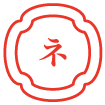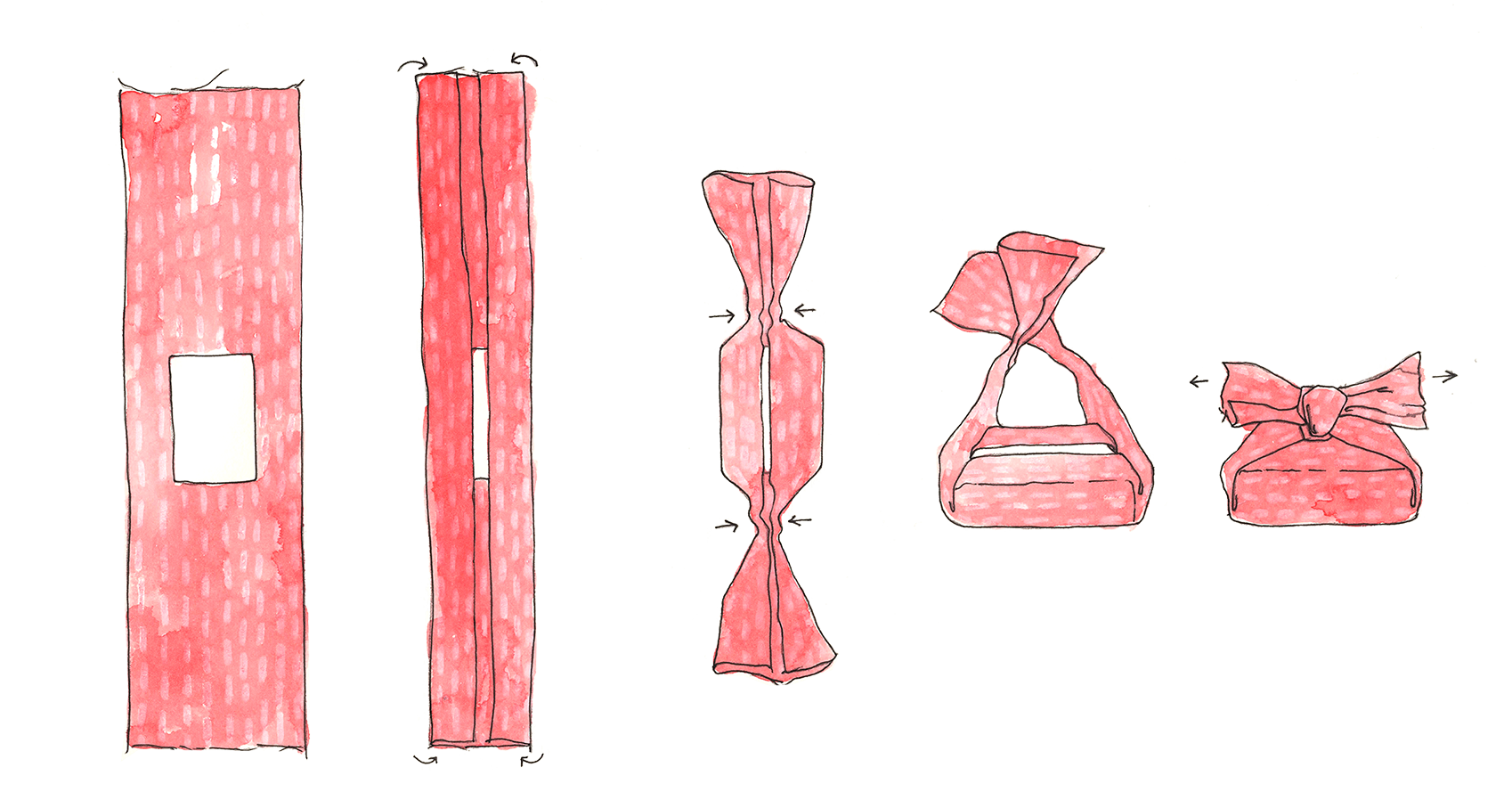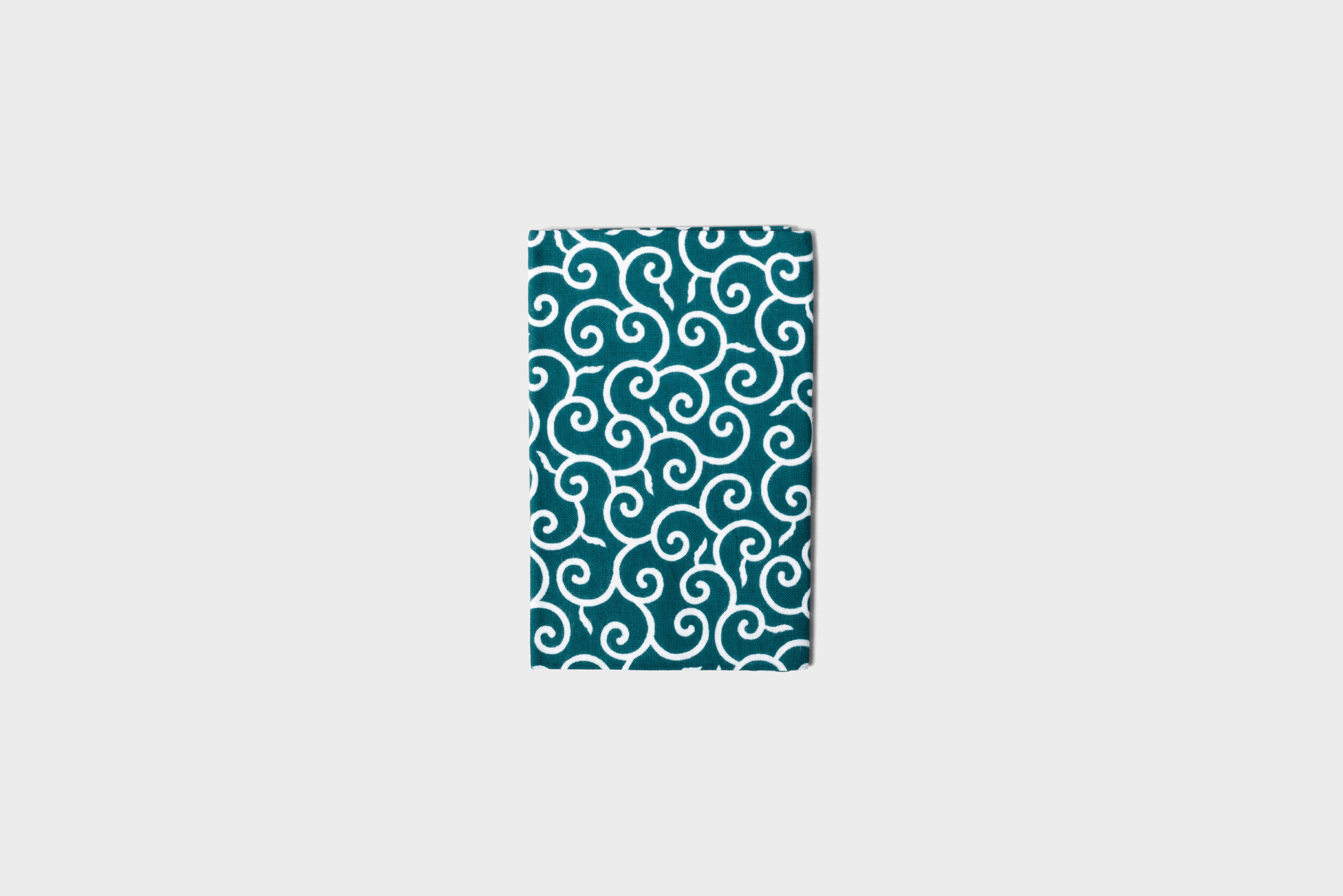Tenugui Wrapping | Culture
Tenugui 手拭い
手 - Te - hand, and 拭い- nugui - wipe
Tenugui is a traditional cotton cloth that has been part of Japanese daily-life for centuries. Its name comes from the characters 手 - Te - meaning hand, and 拭い- nugui - meaning to wipe, and is commonly used as a hand-towel. However their usage is not limited to this and can be used for a variety of things such as wrapping lunch boxes and gifts as well as for dusting, drying dishes and general cleaning. As they are essentially a seamless piece of fabric they dry much faster than a hemmed cloth. They are also much more hygienic for the same reason as they discourage bacteria and dust to build up. Historically tenugui also been depicted in prints covering hair as well as a sweatband used by everyone from Samurai to craftsmen. Later, they were used as an advertising tool by businesses to be handed out to their customers. All these functions still apply today, however they are now often given as gifts themselves and work well as a table runner, lining your bread basket, a handkerchief, a scarf, a sling for a broken arm… the beauty of tenugui is that it doesn't have to be tied down to one purpose.
Below we have put together 3 ways of wrapping objects of varying shapes.
Daily Care of Tenugui
As they are hand dyed, we recommend hand washing them separately as they may have some residual dye that will run. After a few washes, it will be okay to hand wash with other similar colours. Once washed, smooth out your tenugui and air-dry. As they are essentially a seamless piece of fabric they will dry much faster than a hemmed cloth. They are also much more hygienic for the same reason as they discourage bacteria and dust to build up.
1. Rectangular
Place your box/book/rectangular object in the middle of your tenugui. Fold the tenugui Length ways so that it covers your object - if it does not cover it completely, this is not a problem. Bunch the fabric where the edges of your object end. Bring these two ends up, and tie in a knot.
2. Bottle and Wine
Place your bottle in the middle of your tenugui. Fold the bottom half of your tenugui on to the bottle. Fold the tenugui length ways onto the bottle so it is completely covered. Twist the top end of the tenugui and tie into a knot.
3. Circular/Multiple
Place your circular objects in the middle and to one side of your tenugui leaving a little space in between them. Roll up the objects lengthways until you are left with a roll of fabric. Twist the middle and bunch the fabric where the edges of your object end. Bring these two ends up, and tie in a knot.






